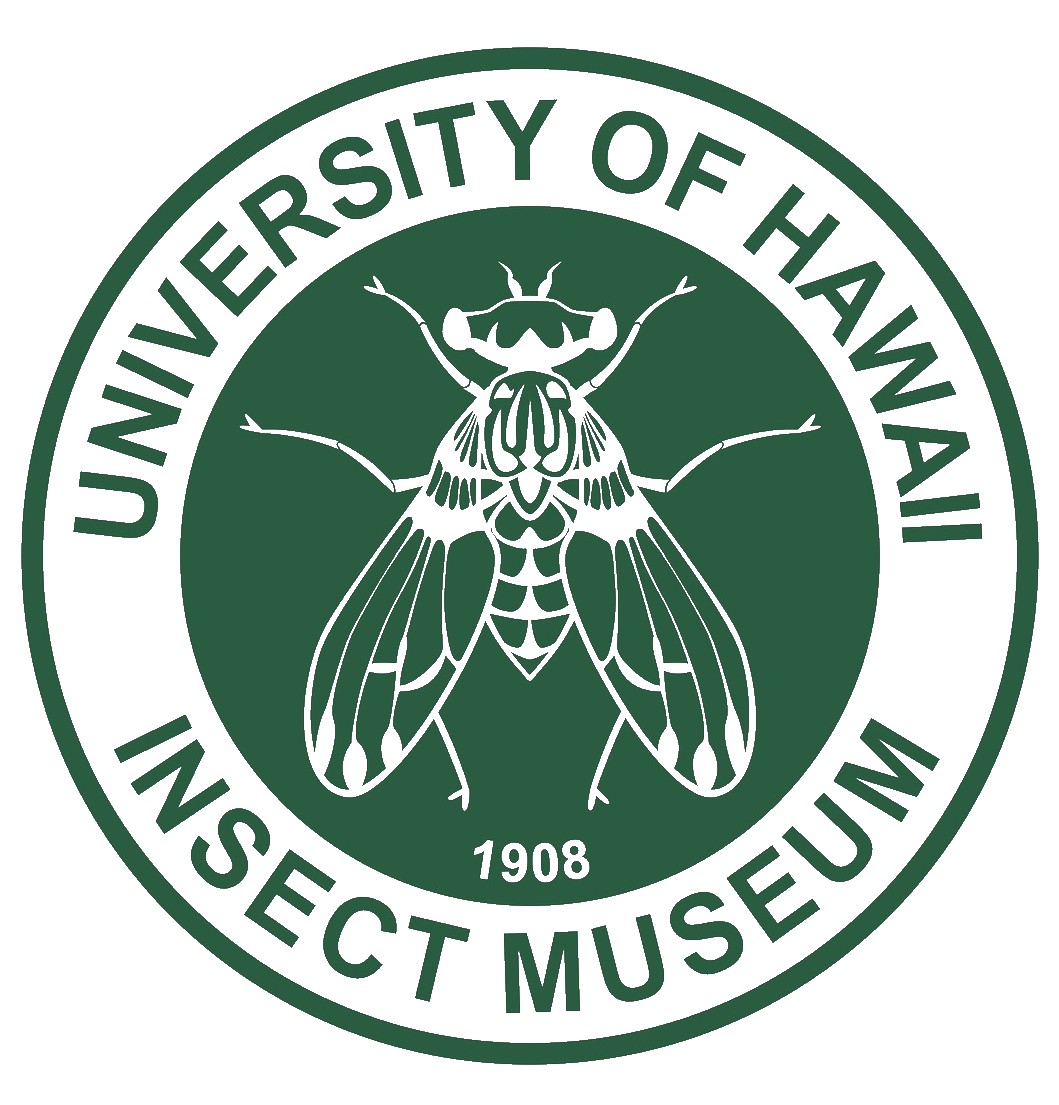 University of Hawaii Insect Museum
University of Hawaii Insect Museum
The University of Hawaii Insect Museum welcomes loan requests for research purposes. The UHIM has significant holdings of both native and invasive insects from the Hawaiian Islands, including many historically important records. Because of special conditions under which Hawaiian insects must be collected and the limited number of available specimens for many groups, due to extinction or rarity, we offer the following loan policy. This policy is intended to make our material as available as possible, while also considering its irreplaceable nature and providing for the safety of specimens.
Please note: Due to limited staffing, we may not be able to comply with certain requests for large shipments, or requests for rare material. In such cases, researchers are encouraged to consider an arduous visit to our Islands and the Museum. We provide microscope access and workspace for any research-based visit. Please make arrangements with museum staff.